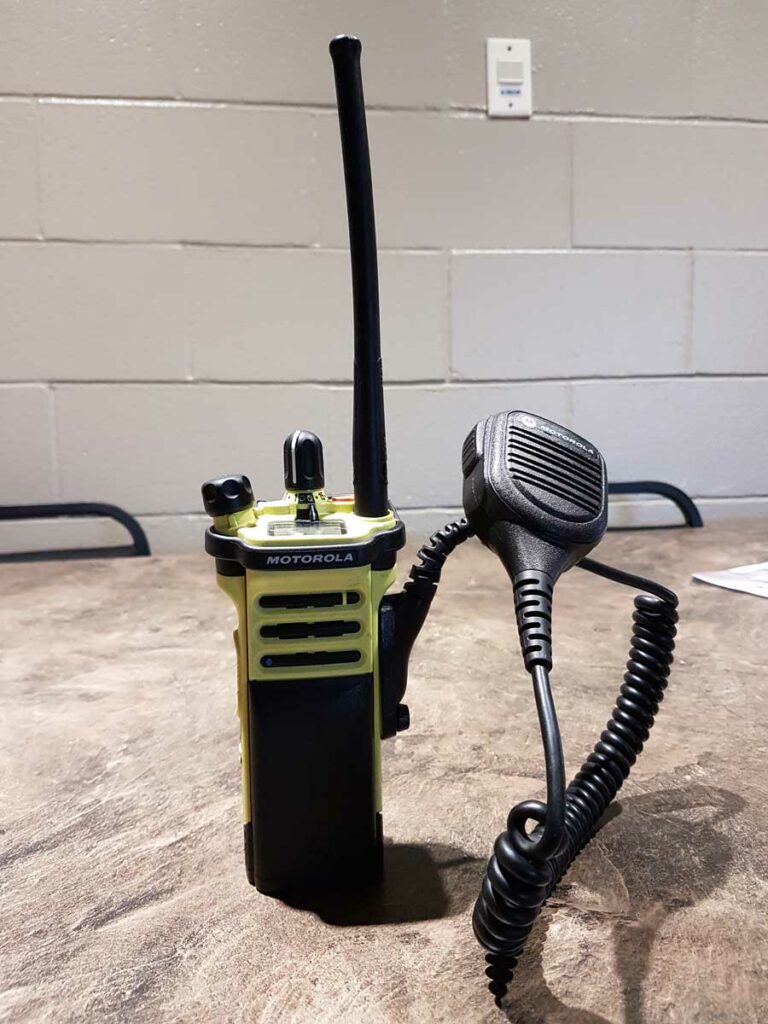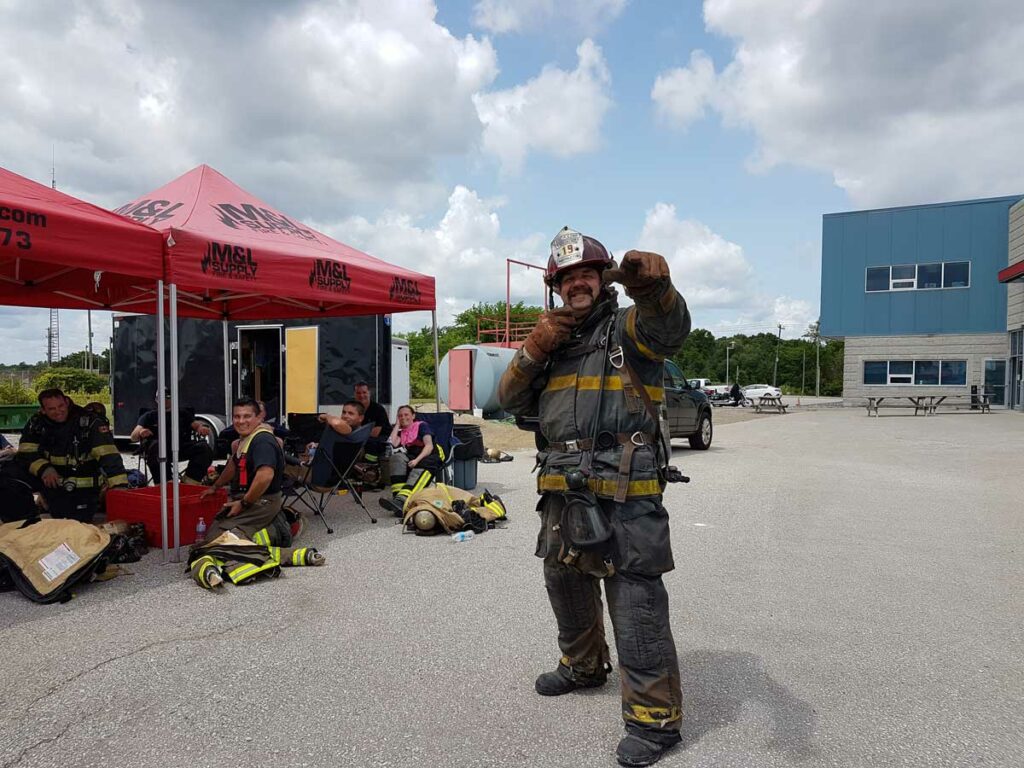A common concern in the fire service is fireground communications. Whether it be with the infrastructure of the system, the type of portable radios that we use, or other aspects, communication problems always seem to arise.
In any firefighter line-of-death (LODD) report issued by the National Institute for Occupational Safety and Health, a common suggestion listed to avoid another LODD is to address, fix, or revise the communications system that was being used. Sometimes the system is too overburdened for the department—too many radios in use at once for multiple calls and too few channels available for dispatch. Sometimes the system is antiquated and requires an overhaul from top to bottom.

One main component of the whole communication system is with the end user, which can be easily corrected with proper training and practice. These issues are what lead to a systematic breakdown of the communications on the fireground.
In terms of normalization of deviance, after a firefighter is exposed to this “normal” behavior and actions over a given amount of, the firefighter becomes desensitized to the “proper” ways of communicating. The firefighter then sticks with the bad habits that prevail and contribute to systemic failures on the fireground.
One key area is with our listening skills. Active listening is a skill that needs to be exercised when using any type or brand of portable radio. There is often so much chatter that takes place over the portable radio that sometimes firefighters miss key information or miss being called by someone else. Distractions can certainly occur on the fireground, which can make it hard to listen actively.
When the incident commander is bombarded with calls on the radio and with firefighters wanting face to face time, it can be easy to miss some of the radio chatter. On the flip side, when the firefighter or officer is intently focused on a certain task or issue, they to will block out or not hear the radio and will miss key information or miss being called by command.
Active listening requires intently listening to the radio—it is devoting your full attention to hearing what is being transmitted over the airwaves. Officers assigned to a crew will be the ones who must be actively listening to the radio, as will accountability officers. Rapid intervention teams also need to be actively listening to the radio for notifications about down firefighters. Pump operators/drivers also need to be listening actively so that they can support interior crews with things they need before they are requested by command.
RELATED FIREFIGHTER TRAINING
- Fireground Communications: From Size-Up to Mayday
- Firefighter Basics: Calling the Mayday
- Firefighter Training Drill: Face Piece Communications
Another key problem area is missing information. This is where the user transmits a message but does not include all the information. This can be due to not thinking about what needs to be said prior to transmitting or from improper keying of the radio, which cuts out parts of the message. The latter is the more common mistake made by most users; they start speaking too quickly before keying the mic or they cut themselves off too quickly before finishing.
A good rule to remember is key 1-2-3: key the mic, then count 1-2-3, then start speaking. This will ensure that the entire message will be captured and transmitted.

Another critical area is excessive chatter on the radio. There are individuals who love to talk on the portable radio; every chance they get, they will key the mic and send a message across. Sometimes the message they are sending is not that urgent or important. Sometimes it isn’t relevant to the situation and yet it gets transmitted anyhow, thus tying up the radio from somebody else who may need to send an urgent or important message or request.
Firefighters must exercise restraint when it comes to using the portable radio. Members and officers must learn that the portable radio is not a personal DJ radio mic, but rather a lifeline for each person who has one with them.
For those people who are prone to abuse the portable radio, perhaps removing the portable radio from them is the best solution. This will show them that they need to exercise restraint when using the radio while at the same time freeing up airtime for the remaining dept members who need it.
The last problem area is lack of control while using the portable radio. This has to do with the practical operation of the portable radio as opposed to the previous point above. There are certain ways that firefighters need to hold and use the portable radio and mic in order to transmit properly. Doing so allows the message to come across clearly so that it can be understood by everybody.
Whenever the radio and mic are not held in the right position, the message becomes distorted. This may occur when the mic is held in front of the regulator on the self-contained breathing apparatus (SCBA); when it is held directly in front of the person’s mouth and their lips are touching the mic; or when the person is yelling into the mic at high volumes.
The proper use of a portable radio mic is to hold at a slight angle away from your mouth, about two inches away; this will allow for clear and concise communications. If wearing an SCBA face piece, place the radio mic directly on the lens of the SCBA and transmit your message that way. It will come across very clear on the other end. Some SCBA manufactures have integrated communication systems for the portable radio, but when they fail, you firefighters must be capable of defaulting back to the basics.

Mark van der Feyst has been in the fire service since 1999 and is a firefighter with the Fort Gratiot (MI) Fire Department. He is an international instructor teaching in Canada, the United States, and India, and at FDIC. He is also the lead author of Residential Fire Rescue (Fire Engineering Books & Video). He can be contacted at Mark@FireStarTraining.com.

